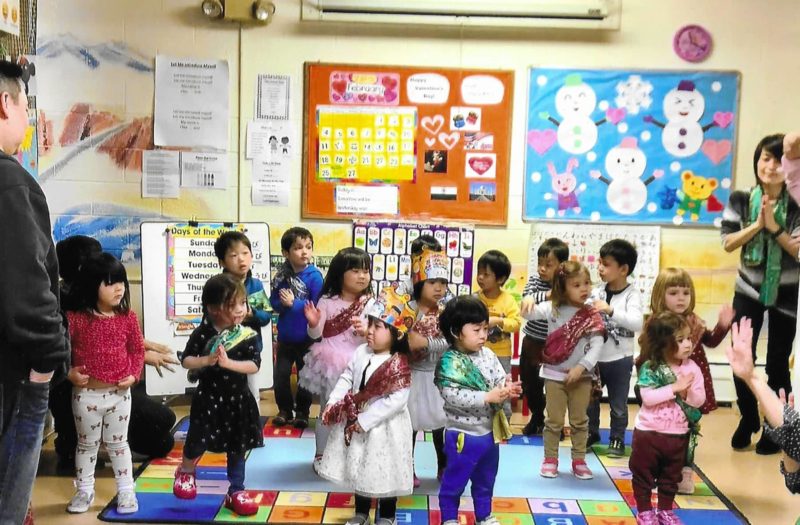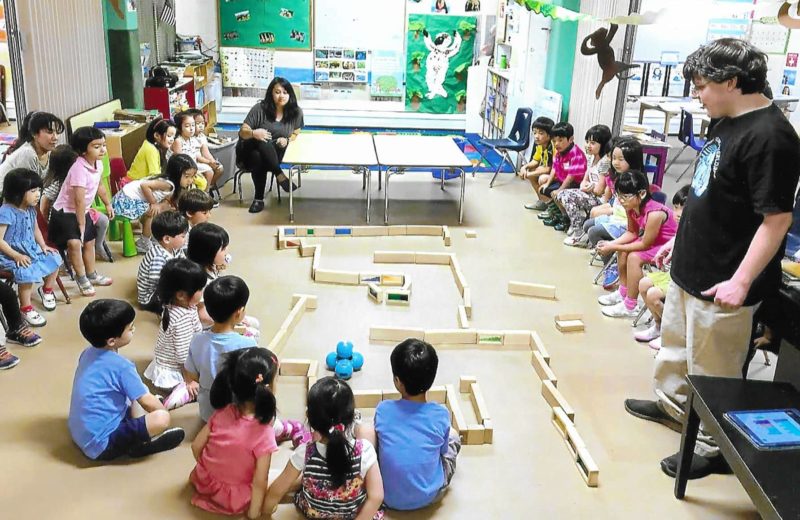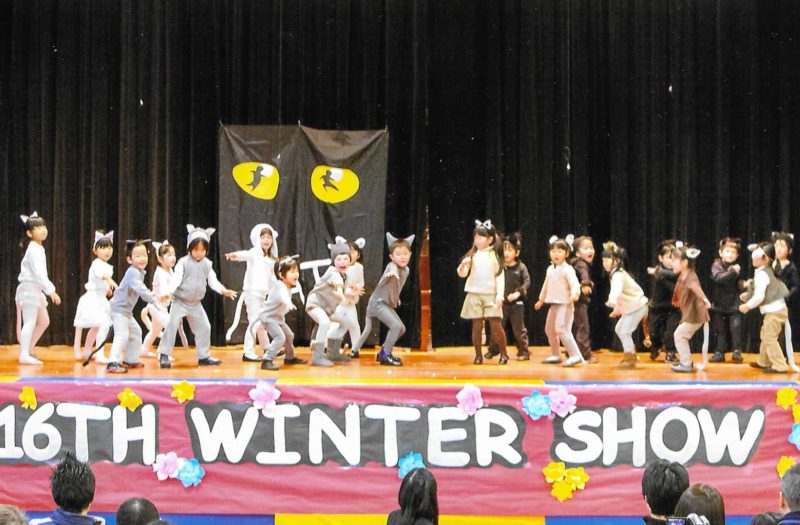Celebrating Fifty Years of the Oral History Project: The Story of Greenwich Kokusai Gakuen – the Greenwich International Academy
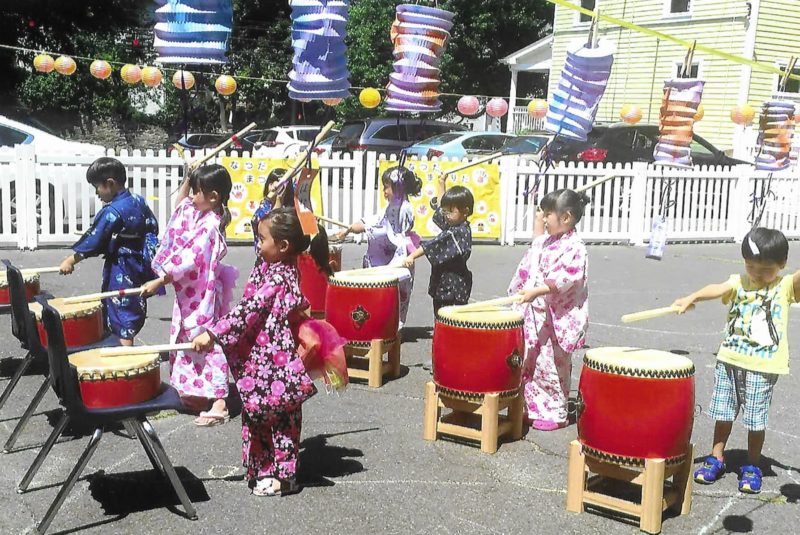
By Mary A. Jacobson
Kaoru (Kay) Yamamoto was a woman ahead of her time. Interviewed in June 2023 by OHP volunteer Connie Gibb, her prescience in matters concerning the education of women and children had far-reaching effects.
Although well-educated in Japan, Kay’s career opportunities there were limited in the 1970s. At that time, “It was almost impossible for female college graduates like me to get a job at top Japanese corporations.” At most, companies they hired college-educated women “for tea services and clerical jobs.”
Kay’s quest for business opportunities for herself and other Japanese women took her down a long and winding road. Realizing that she first needed to be proficient in English, Kay “studied English at university and, after a couple of years’ experience as a secretary, I went to London, where I encountered the Speedwriting shorthand system which helped women get higher-paying jobs in London.” Experiencing a new familiarity with business English covering technical terms in banking, insurance, medicine, advertising, and law, “This became the foundation to allow Japanese women to be equipped to work for international corporations in Tokyo.”
Not one to rest on her laurels, Kay came to New York, where she took a teachers’ training course at (the now-defunct) ITT Technical Institute. Once back in Japan, she collaborated with the president of a recruiting firm in Tokyo to open the Women’s Institute for New Studies, enabling many Japanese women to avail themselves of a knowledge base that would allow them to more easily procure jobs in Japan in the international business sector. Over a ten-year period, more than one thousand women received training at the Institute.
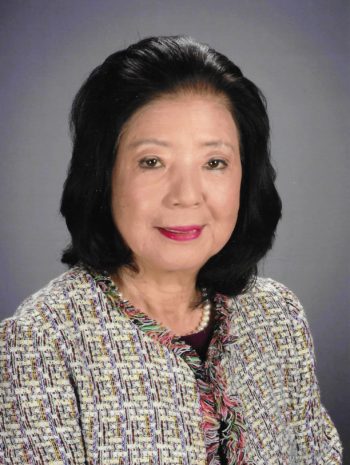
In 1984 Kay’s husband obtained a job in New York. “In the 1980s, the Japanese economy was booming, and Japanese families were moving to Westchester and Greenwich… I leapt at the opportunity to live in America,” where she has resided since that time. In Westchester County, there was one Japanese school, sponsored by the Japanese government. In 1992, that school, for elementary and middle school-age students, relocated to the former Rosemary Hall campus on Lake Avenue in Greenwich. “You can tell how big the (Japanese) community was. They had four hundred and twenty students.”
Instead, Kay and her husband opted to send their children to the Greenwich public school system. “It was our goal to raise (them) bilingual, meaning Japanese and English speakers, not confining their frame of reference only to Japanese language and culture, but opening their minds to the world.” On the weekends, the children attended the Japanese Weekend School in Westchester.
As Kay met other Japanese parents, a missing piece in this educational process became apparent. “According to the Japanese compulsory education standard, the Japanese school, sponsored by the government, didn’t start until the first grade…. A group of Japanese mothers approached me, knowing my educational background in Japan, and looked (to me) to sponsor a Japanese preschool and kindergarten in Greenwich.”
To prepare to fulfill this new unmet educational challenge, Kay undertook a laborious five-year program. She enrolled in a master’s degree program in early childhood education at Sarah Lawrence College; consulted with directors and owners of reputable preschool programs in the area; recruited Japanese teachers; renovated the interiors of the Diamond Hill United Methodist Church building in Cos Cob to create educational and playground spaces; met the requirements of the Greenwich Building and Health Department; and procured a bank loan for operating funds. No small order.
In 1997, Greenwich Kokusai Gakuen (Greenwich International Academy), with 60 three, four, and five-year-olds, opened as a bilingual preschool and kindergarten. “ . . . . the big difference is I have two head teachers, one American head teacher and one Japanese head teacher… I introduced phonics from day one… When the Japanese children advanced to the Greenwich elementary public schools, most of them adapted smoothly without any language problems. That was my pride.”
One of Kay’s stated goals was “instilling multicultural appreciation and curiosity from a young age.” The children were given “passports,” each with twelve countries to explore. They would learn the various customs and cuisines – for example, how Greek gyros are like Japanese gyoza. “Different name, different spice, but concepts are the same… We thought it’s so different. No, no, no, it’s all same.” In addition, thanks to the efforts made through the Parents Association, there were “amicable and friendly relationships to build bridges, including through cultural events and exchanges, promoting Japanese culture among American friends at the Greenwich Public Schools and wider community.”
The events of 9/11/2001 and its aftermath marked a period of transition from the high point of the Japanese economy and corporate relocations. “Around the same time, the Japanese economy went bust, and the stagflation hit… The happy millennium boom was blown out.” This greatly affected the numbers at the school and “we started to recruit more international students from all different backgrounds,” including Italian and Ukrainian families who would then become bilingual (or trilingual) in English and Japanese. Tuition cost was around $900 monthly.
Once COVID hit the States in 2020, the school was closed “for a week, then a month, then for an indefinite period of time.” Forthcoming decisions would need to be made on how to deal with air circulation and sanitary conditions, teacher health concerns, health department guidelines, and children’s mask-wearing, to name a few. “Without looking at the children’s faces and teachers’ faces and expressions, how can three and four-year-old children develop language and normal cognitive skills?” With the difficulty of forecasting the timing of recovery and the increasing financial burden, “… we had no choice but to close (in 2021) after twenty-four years’ operation.”
The year 2021 was the end of an era for Kaoru Yamamoto, an era in which so much had changed. In Japan, now, “the government has encouraged mothers to go back to work due to the labor shortage and has begun supporting full daycare, preschool, and kindergarten tuitions.” With her steadfast belief in the importance of early childhood education, Kay hoped that, in time, the “American government will support working mothers by assisting financially the daycare and early childhood education fees to relieve burdens of young families.”
The interview “Greenwich International Preschool and Kindergarten” may be read in its entirety or checked out at Greenwich Library and is available for purchase at the OHP office. The OHP is sponsored by Friends of Greenwich Library. Visit the website at glohistory.org. Our narrator’s recollections are personal and have not been subjected to factual scrutiny. Mary Jacobson serves as blog editor.
